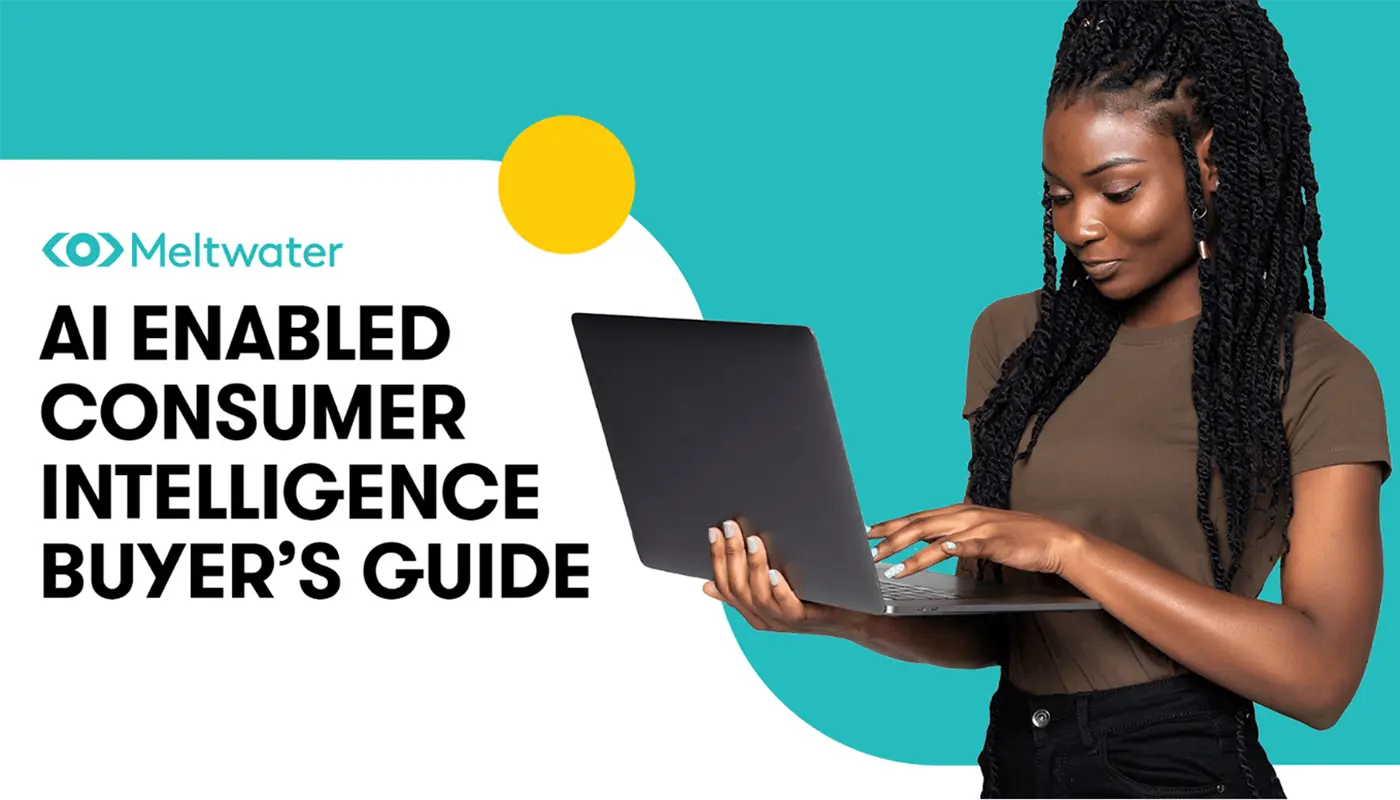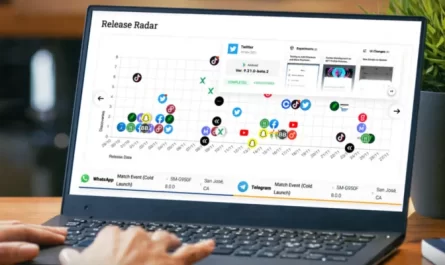What’s the difference between social listening and AI Enabled Consumer Intelligence? We can answer that with an example:
- Social Listening tells you that from October to February people talk more about Scotch whisky on social media.
- AI Enabled Consumer Intelligence tells you that people enjoy whisky for its warming quality during the cold winter months, and that they’re also interested in finding new whisky cocktail recipes. Furthermore, in the run-up to Christmas, people need help choosing the best brand as a gift for the Scotch aficionado in their life.
That second example is clearly a lot more useful.
Social listening platforms have been with us for almost as long as social media itself, with the earliest platforms coming to market around 2007. Since then, social media has exceeded everybody’s expectations to become one of the most powerful communication tools in history, for better or worse.
But while social media has grown in importance and sophistication, social listening platforms haven’t really changed much in their core functionality.
Users perform keyword searches to get the social data they need, whether it relates to a specific brand name or any other topic of interest. They’re given the results of that search as raw data, which can be analyzed using tools such as trend-lines, bar and pie charts, or word-clouds.
All of this can be useful, and certainly gives brands a better understanding of how consumers are discussing them. But there are some limitations inherent to conventional social listening tools:
Noisy Searches
With so much social content available, it can be difficult to extract only the data that is relevant to your search. In basic scenarios, where you’re working with a completely unique brand name, this isn’t a problem.
But if you want to perform more sophisticated analysis, then things get messy and in most cases you’re going to be working with a data set that features a lot of irrelevant material. Even with sophisticated boolean searches, you’re still going to see a percentage of false positives in results.
Limited Analysis Capabilities
Most social listening tools offer a similar set of analytics features: word clouds, trend lines, share of voice, sentiment, etc. These tools only give you a rudimentary understanding of the data. Maybe they tell you that more people talk about your brand at specific times, or that sentiment has suddenly started to change, but they don’t tell you why things like that happen. An experienced analyst with market research and data science skills might be able to make more sense of the data, but often businesses do not have those capabilities available.
In short, the new problem faced by businesses was that, while they had gained access to huge volumes of social data created by online conversations, they struggled to exploit the full potential of that data beyond rudimentary analysis.
AI Enabled Consumer Intelligence (AICI) platforms are a new breed of social listening tool, which aim to help businesses get better insight from social data, even if they do not have in-house data scientists and market research experts.
How is this possible? Instead of simply providing users with huge amounts of data and a few basic analytics tools to figure it out for themselves, AICI platforms employ a combination of technologies and skills that make it easier to find patterns and relationships hidden in the data. These improvements include:
- Artificial Intelligence: AI (often referred to as Machine Learning, or Deep Learning) is used to perform sophisticated data analysis at a scale and speed that would be impractical for humans.
- Data Structuring: Structured data is organized and categorized in a way that makes it much easier to analyze. This requires a lot of initial work to prepare the data before it’s even ready for users to start exploring it.
- Human Expertise: Even advanced AI has its limitations, and human expertise in areas such as market research, data science, or specific industry domain knowledge is indispensable for extracting insight from data.
How can AICI be used?
Conventional social listening platforms are good at telling you when your brand (or another specific keyword) is mentioned on the web. This is handy for use cases such as customer service and public relations where there’s a real advantage to knowing quickly when people are talking about your brand and what they’re saying.
AICI solves more complex challenges that require a deep, contextual understanding of conversations that are taking place online, beyond simple quantitative measures of keywords.
These are some of the most common applications of AICI platforms, but the technology can be useful in any situation where you need meaningful intelligence about a brand, market, audience, or any other entity.
- Audience Segmentation: beyond demographics, modern audience segments are defined by shared values, behaviors and affinities.
- Trend Forecasting: by carefully analyzing social data, it’s possible to predict changes in consumer behavior which will enable businesses to plan for the future more effectively.
- Brand Equity Tracking: the strength of a brand changes dynamically in response to a wide range of factors, and AICI can give you a real-time view of how yours is performing.
- Competitive Benchmarking: keeping track of how your brand is performing compared to competitors used to be complicated and time consuming, but AICI can do it for you.
- Customer Experience Analysis: the ability to quickly identify areas of weakness in the way consumers experience your retail outlets, and your products, means you can fix problems immediately.
- Reputation Monitoring: an accurate understanding of your brand’s reputation can help optimize your PR strategy.
- Content Ideation: with a deeper and more nuanced understanding of your audience and market, AICI can help you create content that is more likely to resonate with customers.
- Campaign Measurement: by analyzing online conversations AICI can give you a consistent measurement of all your marketing performance across online and offline channels.
For a deeper understanding of how AICI improves on social listening, read our AICI Buyer’s Guide.










 by
by 

One thought on “Social Listening Vs AI Enabled Consumer Intelligence”